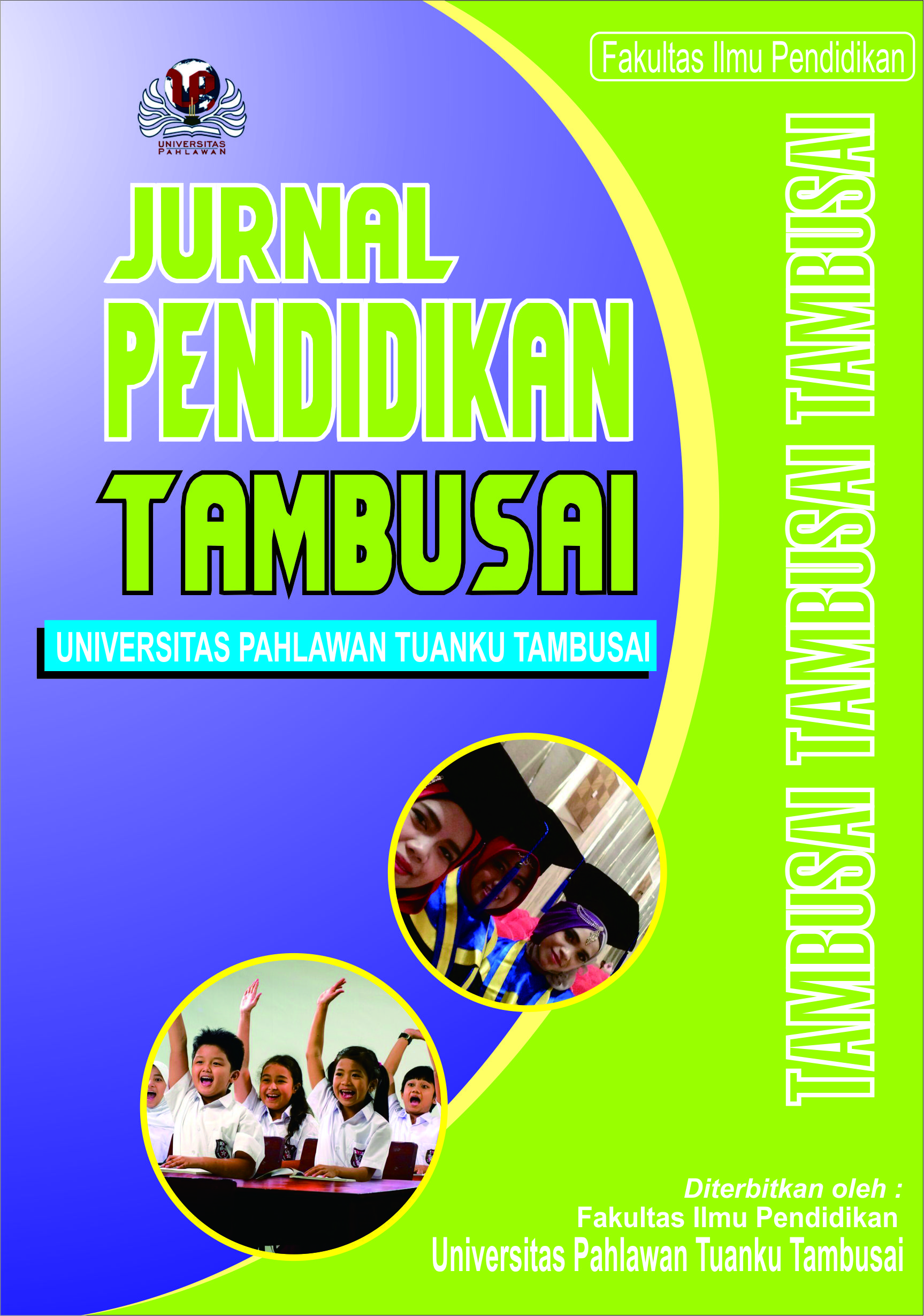Penerapan Metode Tilawati dalam Pembelajaran Membaca Al-Qur’an Bagi Siswa kelas 1 di SDIT Cordova 2 Panongan Tangerang
DOI:
https://doi.org/10.31004/jptam.v8i1.13880Keywords:
Pembelajaran, Membaca Al-Qur’an, Metode TilawatiAbstract
References
Agama RI, K. (2004). Al-Qur’an dan Tafsirnya.
Amrullah, F. (2008). Ilmu Al-Qur’an untuk Pemula. Jakarta: Artha Rivera.
Arikunto, S. (2006). Prosedur penelitian suatu pendekatan. Jakarta: Rineka Cipta.
Ebta, S. (2015). Kamus Besar Bahasa Indonesia. KBBI Offline.
Jailani, M. S. (2023). Teknik Pengumpulan Data Dan Instrumen Penelitian Ilmiah Pendidikan Pada Pendekatan Kualitatif dan Kuantitatif. IHSAN: Jurnal Pendidikan Islam, 1(2), 1–9.
Julhadi, J. J. (2023). Al-Qur’an Sebagai Sumber Ajaran Islam, Al-Sunnah Sebagai Sumber Ajaran Islam. Mauizhah: Jurnal Kajian Keislaman, 12(2), 30–36.
Lexy, J. M. (2002). Metodologi penelitian kualitatif. Bandung: Remaja Rosdakarya.
Muhsin, A. (2017). Peran Guru Dalam Upaya Meningkatkan Kualitas Baca Tulis AlQuran di TPQ Miftahul Ulum Nglele Sumobito Jombang. Jurnal Al-Murabbi, 2(2), 275–290.
Rahmayanti, Y. D., & Pinasti, V. I. S. (2018). Dampak Keberadaan Objek Wisata Waduk Sermo Terhadap Perubahan Sosial Ekonomi Masyarakat di Sremo, Kulon Progo, Daerah Istimewa Yogyakarta. E-Societas, 7(2).
Shihab, M. Q. (2008). Sejarah dan Ulum al-Qur’an. Jakarta: Pustaka Firdaus.
Siyoto, S., & Sodik, M. A. (2015). Dasar metodologi penelitian. literasi media publishing.
Sugianto, N. (2014). Strategi Pembelajaran.
Sugiyono, D. R. (2014). Metode penelitian pendidikan.
Published
How to Cite
Issue
Section
Citation Check
License
Copyright (c) 2024 Lili Hastuti

This work is licensed under a Creative Commons Attribution-ShareAlike 4.0 International License.
Authors who publish with this journal agree to the following terms:
- Authors retain copyright and grant the journal right of first publication with the work simultaneously licensed under a Creative Commons Attribution License that allows others to share the work with an acknowledgement of the work’s authorship and initial publication in this journal.
- Authors are able to enter into separate, additional contractual arrangements for the non-exclusive distribution of the journal’s published version of the work (e.g., post it to an institutional repository or publish it in a book), with an acknowledgement of its initial publication in this journal.
- Authors are permitted and encouraged to post their work online (e.g., in institutional repositories or on their website) prior to and during the submission process, as it can lead to productive exchanges, as well as earlier and greater citation of published work (See The Effect of Open Access).



